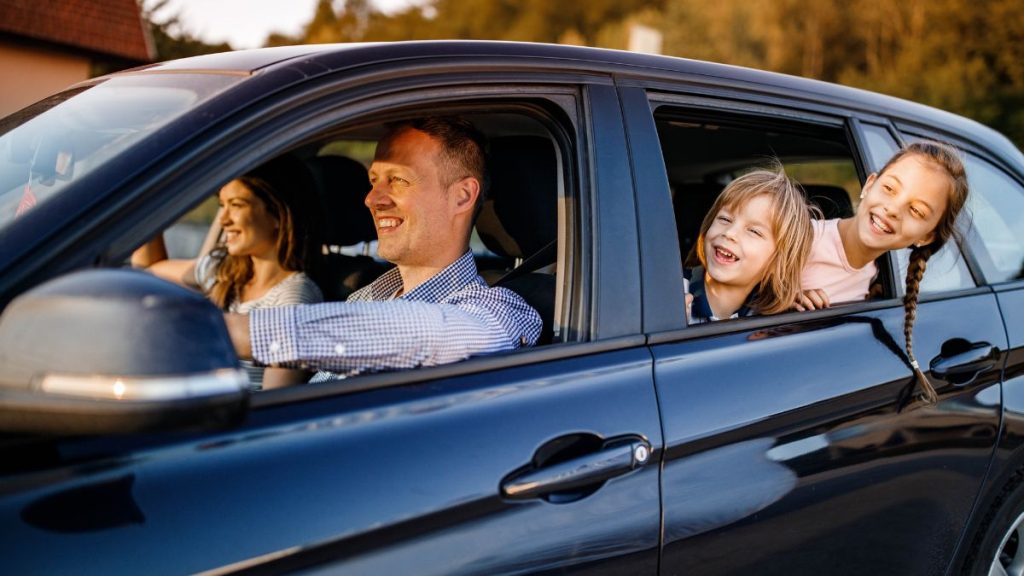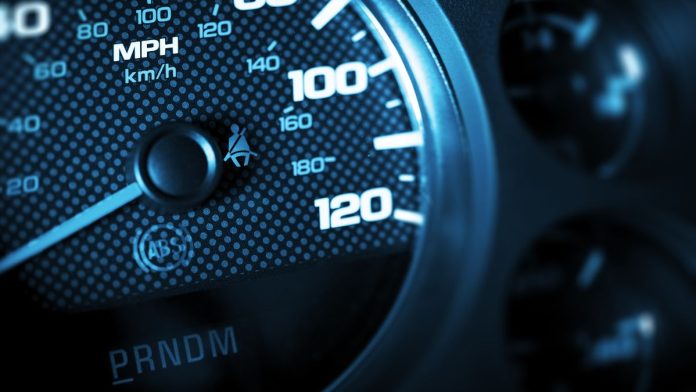The hum of the engine, the blur of passing scenery, the wind in your hair – there’s nothing quite like hitting the open road on an epic road trip adventure. As exhilarating as it may be, road tripping requires careful planning and an understanding of driving speeds and safety. The question often arises when barreling down the highway – “How fast am I going right now?” Keeping track of your speed is crucial for obeying posted limits, avoiding speed traps, and arriving at your destination on time. This comprehensive guide covers everything you need to know about driving speeds, route planning, and maximizing the thrill of the drive while prioritizing safety.
How to Monitor and Manage Your Driving Speed
Responsible driving means maintaining awareness of your vehicle’s speed at all times. Here are some tips for monitoring and managing speed:
- Use your speedometer – The speedometer is the most accurate indicator of real-time speed. Glance down regularly to check your mph. Try not to fixate on it, but do make a habit of frequent checks.
- Use cruise control cautiously – Cruise control can be useful on long straightaways, but over-reliance can lead to speeds creeping up. Only use if you can easily disengage.
- Note speed limit signs – Be alert for changes in speed limits as you pass signage. Adjust your speed accordingly.
- Use GPS speed displays – If you have a GPS app like Google Maps running, keep an eye on the speed readout. It can confirm if your speedometer is accurate.
- Pace yourself using mile markers – On highways, check your speed by noting your time to pass mile markers. Adjust your speed to reach markers in increments of 1 minute to maintain desired mph.
- Listen to your engine – Learn the sounds of your engine at different speeds. The noise level can act as a guide if other indicators are out of sight.
- Feel the momentum – With experience, you can get a physical sense of your vehicle’s speed from subtle forces – wind, vibration, momentum shifting around curves. Let your instincts be another speed guide.
Why Speed Matters
There are a few key reasons why monitoring and managing speed is so critical when road tripping:
Legality – Excessive speeding can result in traffic tickets, fines, court fees, and increased insurance rates if pulled over. Abide by posted speed limits.
Fuel efficiency – Most vehicles reach optimal fuel efficiency between 45-60 mph. Exceeding that can quickly drain gas tanks and ramp up filling costs.
Safety – Higher speeds mean longer stopping distances. Moderate speeds allow you to better react to changing road conditions and avoid potential collisions.
Navigation – At lower speeds, it’s easier to spot signage, exits, and landmarks to stay on your planned route. Don’t miss turns or exits due to blowing by them too quickly.
Enjoyment – Driving at a leisurely pace allows you to better enjoy scenic views and the overall road trip experience rather than just blurring by.
Finding the optimal balanced speed results in an affordable, safe, navigable, and pleasant drive.
Average Speeds on Different Road Types
When determining your target speed, you need to consider the type of road you’re traveling:
- Highways/Freeways – Speed limits typically between 60-75 mph. Travel at speed limit or 5 mph below for best efficiency and safety.
- Country Roads – Limits vary widely but average 35-55 mph. Narrow lanes and curves dictate slower speeds.
- Suburban Roads – Usually limits of 25-45 mph. Watch for pedestrians and reduced visibility around buildings.
- City Streets – Limits typically 25-35 mph. Frequent stops and starts – travel slower than limit for smoother driving.
- Park Roads – Narrow, winding roads often with 15-25 mph limits. Heed lower limits and watch for wildlife.
- Off-Road – When going off-pavement, reduce speed substantially according to terrain. Lack of traffic signage means you determine safe speed.
Being cognizant of typical speeds for each road environment will allow you to set reasonable speed goals and know when to adjust.
How Speed Impacts Travel Time

Monitoring your speed enables being on time to scheduled stops and avoiding delays. Here are some tips for factoring speed into your schedule:
- Record your planned route mileage – apps like Google Maps make this easy. Divide total mileage by your planned average speed to determine total drive time.
- For long distances, allow time for periodic rest stops every 2-3 hours to reduce road weariness and prevent accidents. Account for slightly slower speeds after breaks to get back in rhythm.
- When plotting daily legs of your trip, identify sections where reduced speed limits will be in effect and adjust time estimates accordingly.
- If running behind schedule, determine where you can legally and safely increase speed slightly to make up time and get back on track.
- For arrival times, be sure to account for lower city street speeds vs. highway speeds when nearing your destination.
While driving faster may seem like a shortcut for tight schedules, allowing ample time and reasonable speeds ultimately results in a safer and less stressful road trip experience.
Best Practices for Optimizing and Enjoying Your Drive
Here are some final road trip speed tips for an optimal balance of efficiency, safety, and fun:
- Embrace the journey mentality – Road trips are about the experience, not just the destination. Don’t sacrifice enjoyment by constantly speeding.
- Drive at off-peak times to avoid traffic slowdowns. The open road awaits at dawn or dusk!
- Identify high-speed zones and open cruising stretches to satisfy your need for speed in spurts when weather and traffic conditions allow. Just don’t overdo it.
- Adjust your speed downward for adverse weather like rain, fog, or snow to maintain control and visibility.
- Take scenic slower routes to admire countryside vistas instead of only blazing down highways.
- Sync your music playlist BPM to your target speed for a harmonious ride. Upbeat driving songs help pass the miles.
- Keep your vehicle well-maintained and inflated tires properly filled to optimize performance at any speed.
Whichever route you take, keep the question “how fast am i moving right now?” front of mind throughout your road warriors adventure! Monitor your speed, follow best road trip practices, and enjoy the freedom of the open highway. Safe travels!









